Even in 2025, J.K. Rowling’s name conjures more than nostalgia — it evokes a global economy shaped by story. While many authors fade with their final book tour, Rowling has done the impossible: transformed a single fictional world into an enduring financial empire. Her fortune, often measured in billions, isn’t just the product of bestselling novels or blockbuster films — it’s the result of strategic mastery over intellectual property, global licensing, and cultural timing.
What’s remarkable isn’t simply that she’s rich — it’s how she redefined what literary success can look like. From scribbling spells in Scottish cafés to signing theme park deals that rival tech founders, Rowling’s journey mirrors a modern myth of its own. Behind every trademarked wand and wizarding uniform lies an author who turned imagination into infrastructure.
In a world where fame is fleeting and fortunes shift overnight, Rowling’s empire remains a case study in creative durability — and yes, a kind of magic you can measure.
Net Worth Snapshot: J.K. Rowling’s Estimated Fortune in 2025
As of 2025, J.K. Rowling’s net worth is estimated to range between $1.2 billion depending on the source. Outlets like Forbes and Celebrity Net Worth track her wealth annually, but even they acknowledge the challenge of pinning down precise figures — and that’s by design. Rowling has long kept parts of her financial portfolio private, especially when it comes to her philanthropic giving and backend ownership stakes.
What’s clear, however, is that the bulk of her fortune stems from intellectual property rights tied to the Harry Potter universe — a franchise still earning hundreds of millions annually through books, films, streaming rights, merchandise, and theme park licensing.
Beyond royalties, Rowling holds substantial assets in UK and Scottish real estate, along with publishing revenue from adult novels under her name and pseudonym Robert Galbraith. She also benefits from long-term licensing agreements with Warner Bros. and Universal Studios, structured to pay out over decades.
Add to that her business entities — including her production company Brontë Film and TV — and you get a financial profile built not just on past success, but ongoing revenue streams.
Rowling’s wealth is more than a number — it’s a living, global ecosystem powered by story. And while parts of it are publicly celebrated, just as much remains quietly protected behind the curtain.
Rags to Riches: A Pre-Fame Financial Timeline
Before the billion-dollar brand, there was a woman with a baby, a pen, and a story that wouldn’t let go of her. In the early 1990s, J.K. Rowling wasn’t a publishing sensation — she was a single mother in Edinburgh, surviving on government assistance and nursing the first pages of Harry Potter and the Philosopher’s Stone between naptimes and job rejections.
Money was more than tight — it was a source of shame, frustration, and drive. Rowling has spoken candidly about those years: the fear of not being able to support her daughter, the depression that crept in, and the cafes where she would write simply to stay warm. Her now-mythologized ritual of pushing a pram to Nicolson’s Café wasn’t a quirky writer’s habit — it was survival dressed as routine.
The manuscript that would eventually sell over 120 million copies was rejected by a dozen publishers. One told her to get a day job. Another suggested that children wouldn’t relate to a boy wizard. But when Bloomsbury finally said yes — with a modest advance of just £1,500 — Rowling’s trajectory shifted forever.
That journey didn’t just shape her worldview; it forged her financial philosophy. The value of intellectual property, the importance of owning her work, and even her later philanthropic ethos are rooted in that period of uncertainty. Rowling didn’t just write her way out of poverty — she architected a life where words became currency, and resilience, the blueprint.
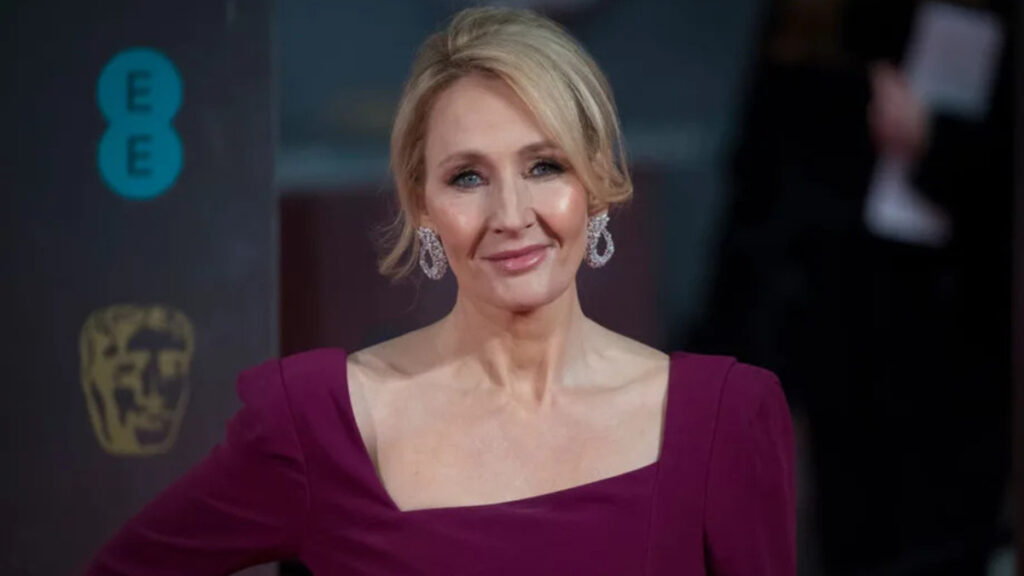
The Potter Goldmine: How the Wizarding World Became a Global Asset
What began as a modest children’s book turned into one of the most lucrative media empires in history — not by accident, but by design. Harry Potter wasn’t just a publishing success; it was a masterclass in licensing, ownership, and the slow, deliberate expansion of a fictional world into a commercial ecosystem.
The first domino fell in 1997 with the publication of Harry Potter and the Philosopher’s Stone. Sales skyrocketed, but Rowling didn’t rush to give everything away. She maintained key creative controls, a move that would prove critical. When Warner Bros. acquired the film rights in 1999 for a reported £1 million (plus future royalties), Rowling ensured the terms included script approval and character consistency — a rare level of oversight for a first-time author.
The films opened floodgates: from box office records to DVD sales and merchandising, each layer added exponential revenue. Rowling earned not just from royalties, but from ownership. Plush Hedwigs, wizarding chess sets, LEGO kits — all licensed through tightly controlled deals that brought in hundreds of millions in passive income.
But the true vault-breaker was The Wizarding World of Harry Potter at Universal Studios. Rowling negotiated a theme park partnership that granted her unprecedented creative authority — right down to the butterbeer recipe. In return, she earns a portion of ticket sales, merchandise, and ongoing licensing fees, with estimates placing her cut in the tens of millions annually.
This wasn’t just storytelling — it was brand architecture. Rowling didn’t just sell a story; she leased out a universe, one brick (and broomstick) at a time. The result? A self-replenishing fortune that continues to grow, even decades after the final book hit shelves.
Also See: Top 50 Richest Authors in the World
Beyond Potter: Expanding the Fortune Through New Ventures
After closing the final chapter of Harry Potter, J.K. Rowling faced a question few authors ever encounter: What do you do after building a literary empire? Her answer was diversification — with mixed results.
The Fantastic Beasts film series, launched in 2016, was positioned as a bold extension of the Wizarding World. Rowling stepped into screenwriting for the first time, ensuring creative continuity. Financially, the franchise started strong — the first film grossed over $800 million globally. But by the third installment, critical reception and box office returns had cooled. Still, the licensing model and tie-in merchandise ensured ongoing earnings, even if the magic dimmed slightly.
Onstage, Harry Potter and the Cursed Child became a theatrical triumph. Debuting in London’s West End before expanding globally, the play drew massive advance sales and continues to generate significant returns. Rowling’s role as co-creator and rights holder ensures a piece of every production’s profits.
Then came Robert Galbraith — her crime-writing alter ego. Initially released anonymously, the Cormoran Strike novels eventually revealed Rowling’s hand, spiking interest and sales. While the books have enjoyed solid commercial success and a BBC adaptation, they haven’t reached Potter-like heights — nor were they meant to.
What ties these ventures together is brand gravity. Rowling’s name alone guarantees global media attention and initial sales momentum. But in a post-Potter world, not every story spins gold — and that’s the reality of even the most powerful creative brands. Still, the cumulative effect of her post-Potter output continues to add millions to her bottom line annually.
Intellectual Property: The Silent Billionaire Engine
For J.K. Rowling, the real alchemy behind her fortune isn’t just bestsellers or box office receipts — it’s intellectual property. Long after the last Harry Potter book was published, Rowling continues to earn because she owns the world she created.
Intellectual property (IP) refers to legally protected creations — in Rowling’s case, that means characters, storylines, names, logos, and even spells. Every time a Harry Potter book is sold, a film is streamed, a wand is purchased, or a ride spins at Universal Studios, it’s her IP generating revenue. And unlike one-off sales, IP earns over time, across formats, borders, and decades.
What makes Rowling’s situation rare is how much creative control she retained. Many authors sign away rights early on — especially for film adaptations — but Rowling negotiated her deals carefully. She holds veto power over key creative decisions, and her approval is baked into licensing agreements worldwide.
To put it in perspective: Disney owns Marvel; George Lucas sold Star Wars to Disney. But Rowling still owns Harry Potter. That kind of IP independence is exceptionally uncommon — and extraordinarily profitable.
In essence, Rowling isn’t just an author. She’s the CEO of a fictional universe — and the rights to that universe are her most valuable asset.
The Cost of Controversy: Did Backlash Impact Her Bottom Line?
In recent years, J.K. Rowling has drawn widespread criticism for her public comments on gender identity and sex-based rights. The backlash has been intense, sparking calls for boycotts, heated social media discourse, and distancing statements from some actors associated with the Harry Potter films.
But the financial impact? Far more complex.
Despite waves of online activism and visible protests, Rowling’s books have continued to sell. The Sunday Times reported steady sales figures for the Harry Potter series through 2023 and 2024, with many younger readers discovering the franchise for the first time. Her Robert Galbraith novels, released under a pseudonym, have also continued charting on bestseller lists across the UK and U.S.
From a business standpoint, major partnerships — including Warner Bros. and Universal — have shown no signs of severing ties. In 2022, Warner Bros. Discovery’s CEO described Rowling as “one of the world’s greatest storytellers” when announcing new Wizarding World projects.
Still, there’s no denying that parts of her brand image have shifted. Fan forums and academic institutions have grappled with how to engage with her work while critiquing her views.
Rowling’s financial empire has weathered the storm — but its cultural reception has undeniably evolved.
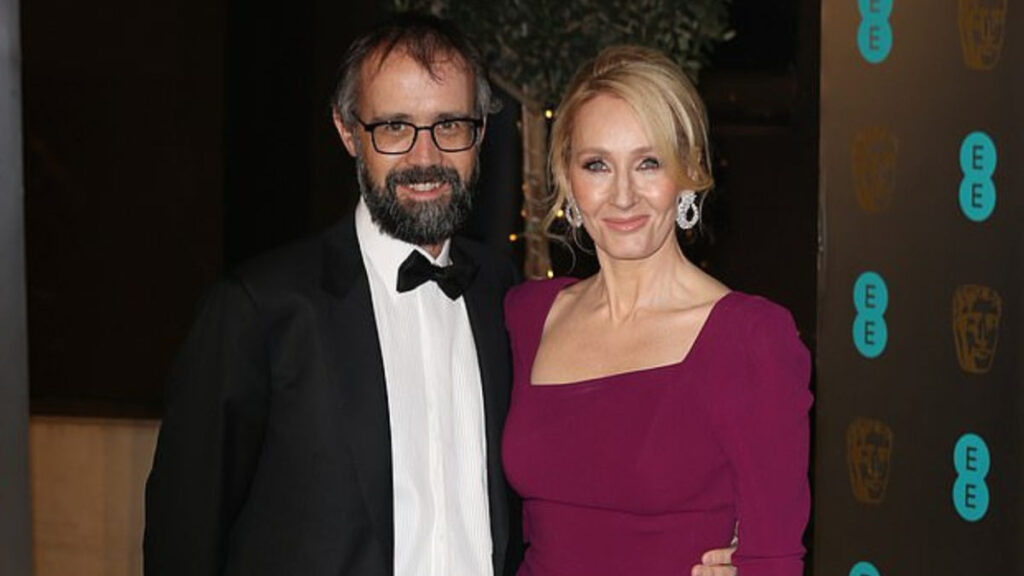
How Rowling’s Wealth Compares to Other Literary and Entertainment Titans
In the world of storytelling, few names carry the financial gravity of J.K. Rowling. With an estimated net worth of $1.2 billion in 2025, she sits in a rare echelon of creators whose work has become a self-sustaining global asset. But to understand the scale of her fortune, it helps to compare her to peers in the literary and entertainment spheres.
Stephen King, one of the most prolific authors of our time, is estimated to be worth around $500 million, thanks to decades of bestsellers and countless adaptations. Hunger Games author Suzanne Collins has built a fortune estimated at $90 million, while George R.R. Martin, whose Game of Thrones franchise reshaped television, holds an estimated $120 million — even with major HBO licensing deals.
Then there are the showrunners and franchise architects: Shonda Rhimes ($240 million), James Cameron (approaching $800 million), and George Lucas — who stands apart with $5.13 billion following the sale of Star Wars to Disney.
What makes Rowling different isn’t just the amount — it’s the structure. She owns a vast portion of her IP outright, collects royalties from every adaptation, stage production, and theme park, and exercises creative control at nearly every level. Her wealth is the result of vision, timing, and a refusal to give away what so many authors sign over early: ownership.
Also See: Top 50 Richest Celebrities in the World
Real Estate, Philanthropy, and Legacy Investments
J.K. Rowling’s fortune isn’t just locked in bank accounts and royalties — a significant portion lives in real estate and long-term philanthropic ventures. Her property portfolio includes a 19th-century Edinburgh mansion, a country estate in Perthshire, and additional holdings in London and abroad, reportedly totaling over £30 million in real assets.
But it’s her philanthropy that most clearly defines how she deploys her wealth for impact. Rowling has donated an estimated £150 million to various causes, a figure that fluctuates based on different disclosures — partly because she gives quietly. Her Lumos Foundation, founded in 2005, focuses on ending the institutionalization of children globally, while other donations have gone to multiple sclerosis research (a cause close to her heart), domestic abuse support, and poverty alleviation.
She has also famously turned down tax shelters and removed herself from the Forbes Billionaires list after substantial donations, underscoring a financial ethos shaped by her past. While these acts carry clear moral weight, they also serve a strategic function: reinforcing her long-term legacy and shielding parts of her fortune through charitable trusts and foundations.
Rowling’s approach to wealth is layered — part storyteller, part investor, part philanthropist. Her legacy, like her empire, is built to last far beyond the page.
The Enduring Allure of Rowling’s Financial Saga
I still remember holding my first Harry Potter book like it was something secret — a doorway, not just a story. What I didn’t understand then, curled up on the floor of a local library, was that this woman writing about invisible worlds would one day build one of the most visible fortunes on Earth.
J.K. Rowling’s financial rise has always felt like a strange kind of magic — the kind rooted not in luck, but in timing, creative conviction, and unrelenting control. She didn’t just write a great story; she turned it into an infrastructure, one licensing deal at a time. That’s what fascinates me: not just the books, but the boldness it took to guard her rights, to say no when many would have rushed to say yes.
In an era where creativity is often commodified and forgotten, Rowling turned hers into equity — and equity into influence. Her saga, with all its brilliance and controversy, is more than a financial case study. It’s a reminder that stories, when owned and protected, can be among the most powerful assets a person ever holds.
The Fortune That Keeps Casting Spells
J.K. Rowling’s wealth isn’t just staggering in scale — it’s exceptional in structure. Few creators have turned imagination into a globally diversified financial engine, and fewer still have retained the kind of control she has over her intellectual property. Her fortune isn’t built on fleeting fame; it’s designed for longevity.
Looking ahead, the Wizarding World continues to evolve — with streaming adaptations, theme park expansions, and new generations of fans entering her orbit. The value of her brand, much like the stories themselves, seems built to outlive its creator.
In an industry where most authors lease their legacies, Rowling owns hers outright. That’s the true enchantment — a financial empire not conjured overnight, but carefully crafted, word by word. And as long as stories hold value, her fortune will keep casting spells of its own.
Mohit is a finance and entertainment writer specializing in celebrity wealth, brand strategy, and media empires. As Co-Founder of TheNetWorths.com, he brings over a decade of experience analyzing public income streams, endorsement deals, and the evolving creator economy.



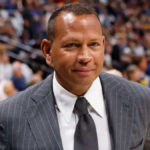
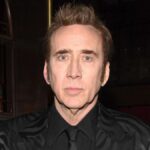



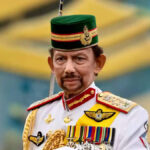

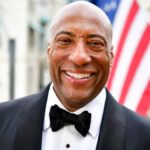




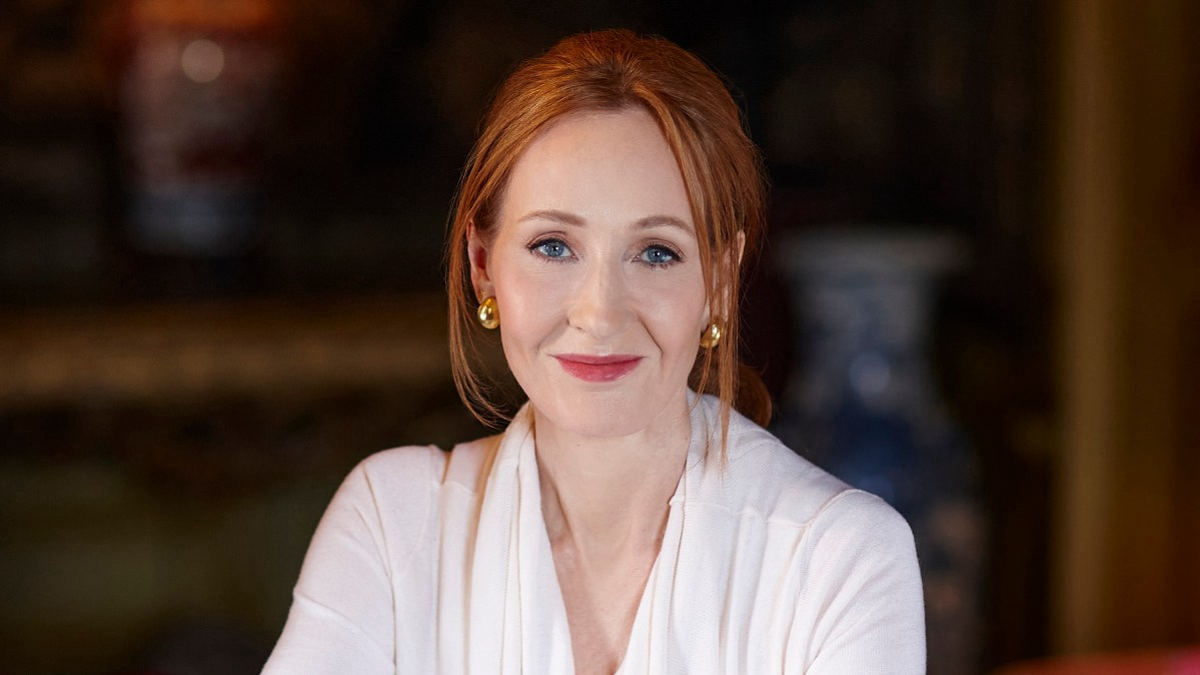
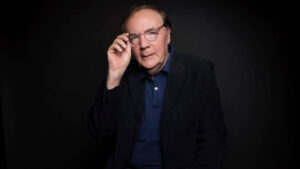
3 thoughts on “J.K. Rowling Net Worth 2025: How “Harry Potter” Creator Reclaimed a $1.2 Billion Fortune”